Windows That Work For Your Space:
The Myriad Ways Windows Open
Most people probably don’t give windows much thought beyond their utility, whether you’re venting a smoky kitchen or admiring the view outside of your office. For us, however, windows are one of our favorite topics of conversation! From design to materials, there are infinite possibilities for creating the perfect window to suit your home and needs. Today, we’re going to talk about six different window styles and how the way they open can make them the best choice for your space.
Picture Window
We have to start with the odd-one-out: picture windows. Unlike every other window style on the list, picture windows typically do not open. Picture windows are usually one pane of clear glass, but they can also have divided lites or simulated divided lites. The key component of a picture window is that it’s placed in the home so that it frames something beautiful; hence the name.
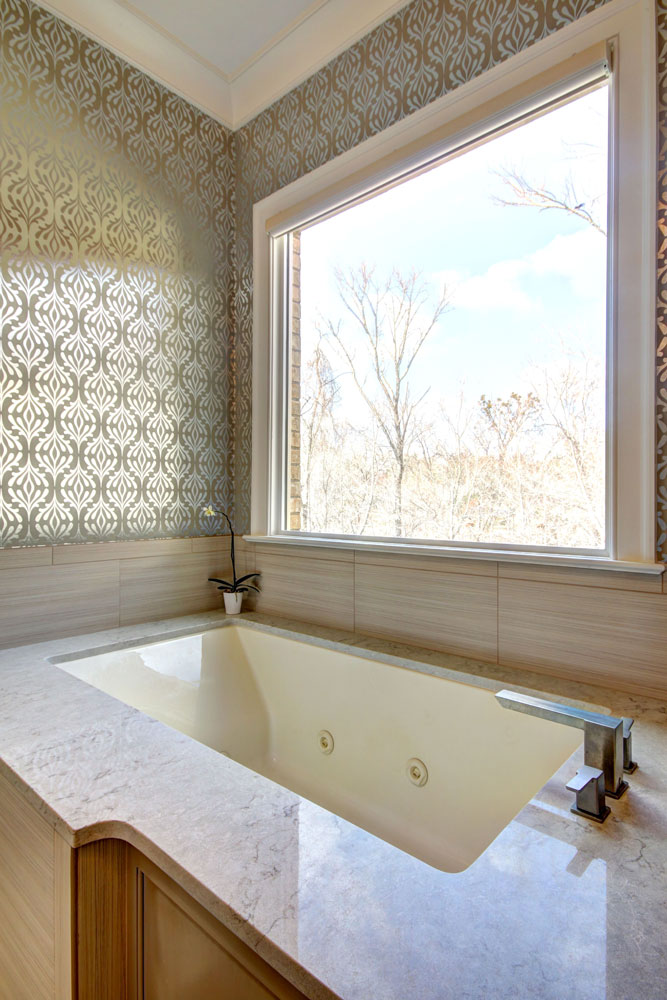
A picture window over a bathtub is a popular choice.
Gliding Window
Gliding windows function much like a sliding door, running into place on a track. Many mid-century modern homes have this type of window. When a gliding window is open, one window slides over the other, leaving one side completely open from top to bottom, allowing for the maximum amount of airflow. This offers the ventilation benefits of a casement window without space consideration, making gliding windows ideal for windows that face outdoor living spaces.
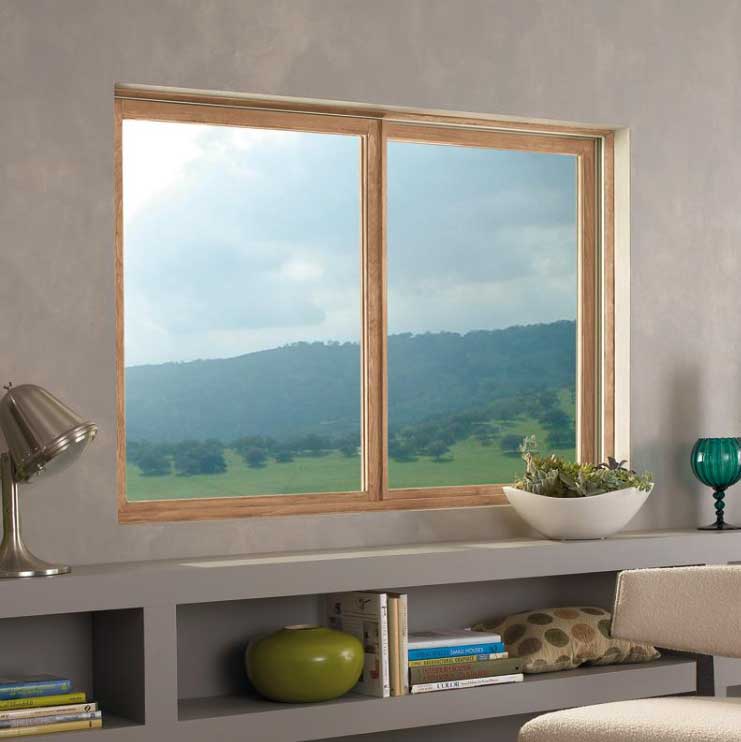
Gliding windows are popular in modern and contemporary homes.
Double Hung Window
One of the most common types of windows (at least in our city of Louisville) is the double hung. Double hung windows have top and bottom sashes that both open, which helps with ventilation. Opening the top and bottom sashes equally allows for warm air to flow out of the top, while cooler air flows in the bottom.
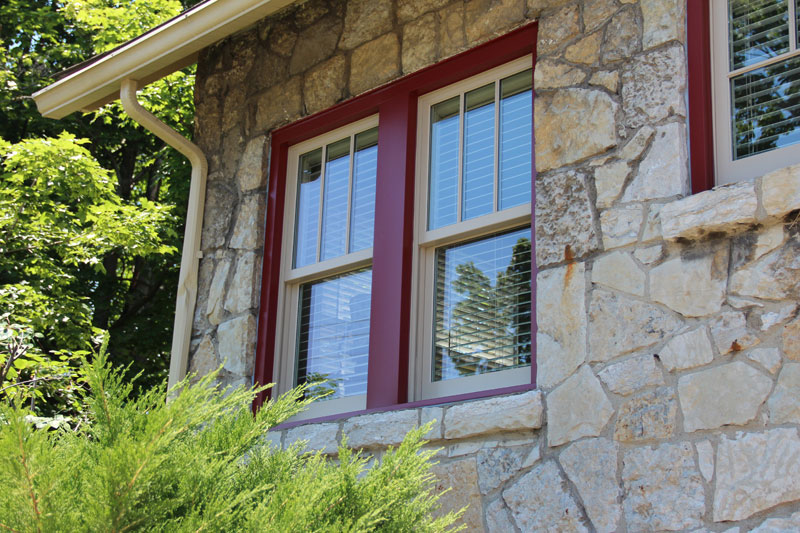
Double hungs are one of the most common styles in Louisville.
Casement Window
Another extremely common window style is the casement. Casement windows are hinged on one side and usually open outward, like a door. Casements are typically operated by a crank, and for that reason are sometimes called “crank windows.” Casements only have one “sash,” as opposed to double hung windows, and because they only have one sash to seal, they’re less prone to leaks and drafts.
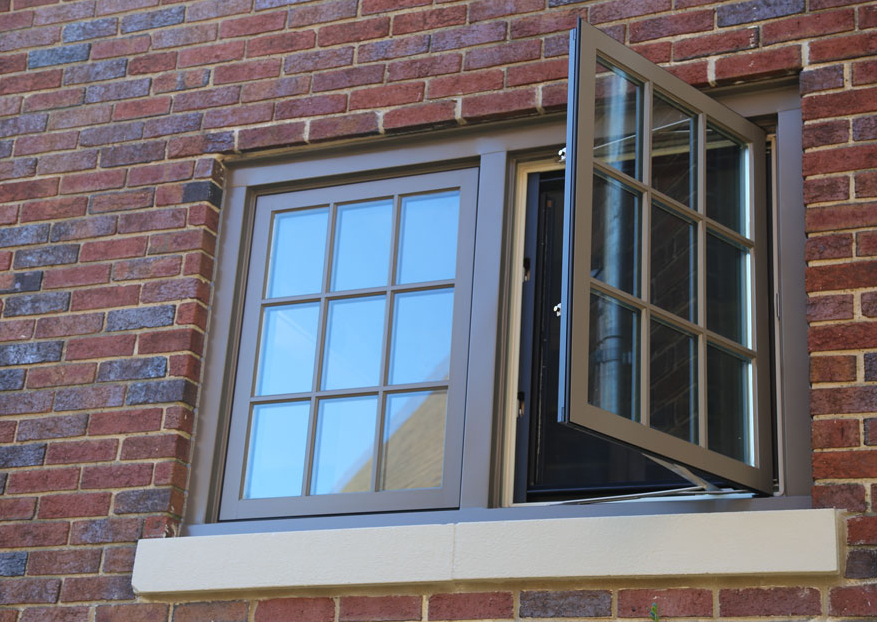
Casement windows are available in modern and traditional styles.
Awning & Hopper Windows
Awning windows are a type of casement window that is hinged on top and opens from the bottom, mimicking the shape and position of a traditional awning. This style of window is easy to open, and also provides cover, allowing homeowners to open the window during a rain shower without worry.
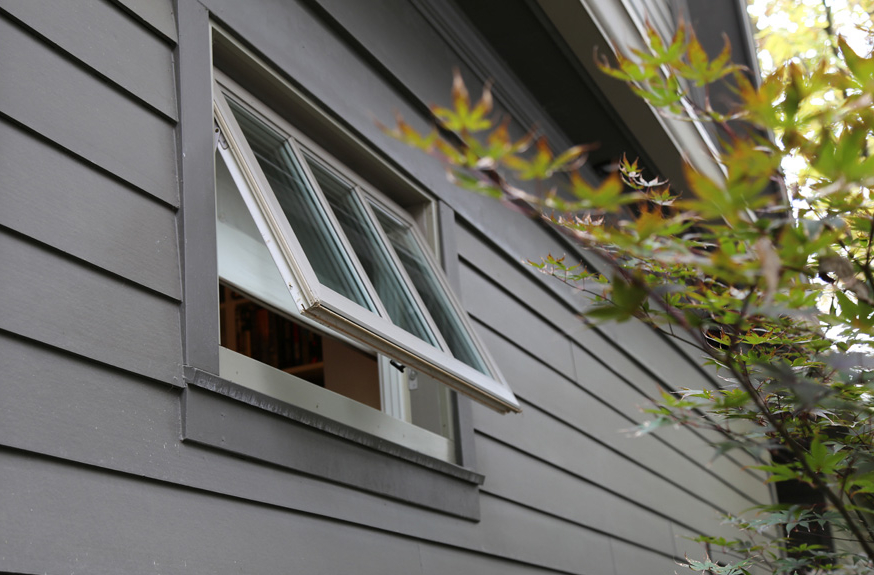
Awning windows are a popular choice for bathrooms allowing for privacy and ventilation.
Similar to the awning window, the hopper window is hinged at the bottom and usually opens inward. These windows are small, making them ideal for basements, while the angle of the open window helps protect from dirt and debris.
Tilt Turn Window
Tilt Turn windows, or Tilt and Turn windows, are European-style windows with unique functionality. One handle control opens the window in two ways: either swing the window in like a door or tilt the top of the window inward like a hopper window. Tilt turn windows can be very large, allowing this window to function as an egress window or even a door in some cases.
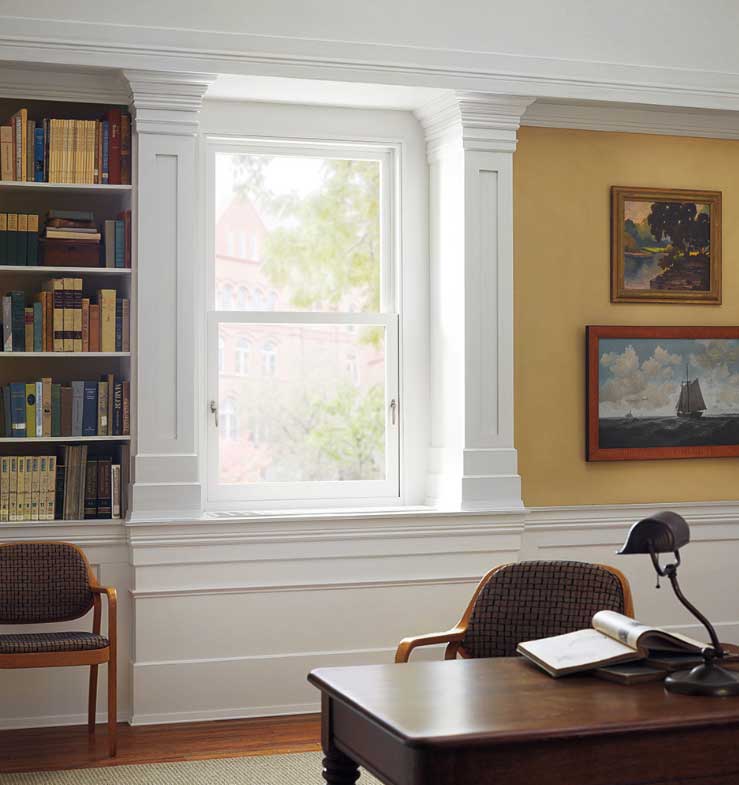
Tilt turn windows are often found in traditional settings like this one.
Ready to see these windows in action? Watch this video of our owners demonstrating the myriad ways windows open:
New windows enhance the beauty of your home, increase its value, and reduce energy costs and maintenance. Overwhelmed by the options? Call Door Store and Windows today and let one of our experienced design professionals help walk you through the process.


 Kentuckiana is our community! We’re locally-owned and operated, not a franchise, so you get attentive, local service.
Kentuckiana is our community! We’re locally-owned and operated, not a franchise, so you get attentive, local service.


